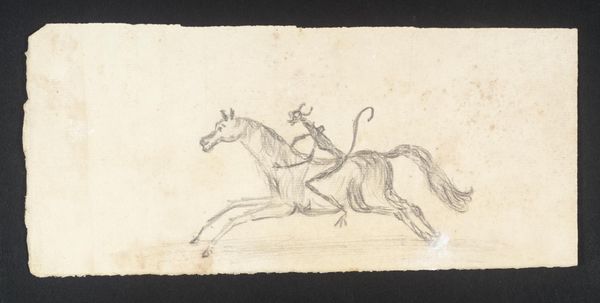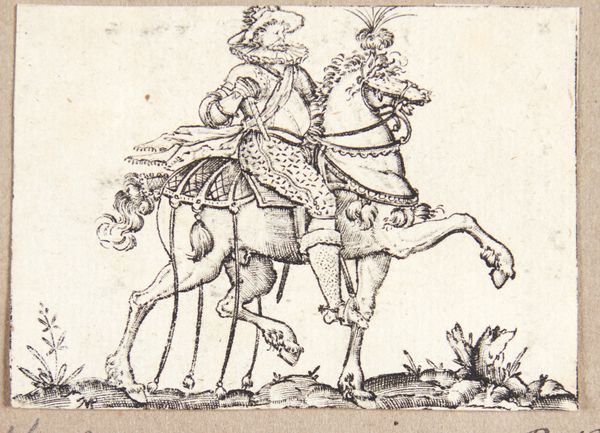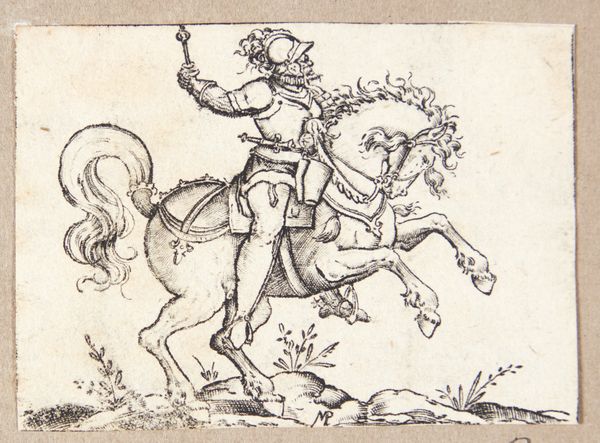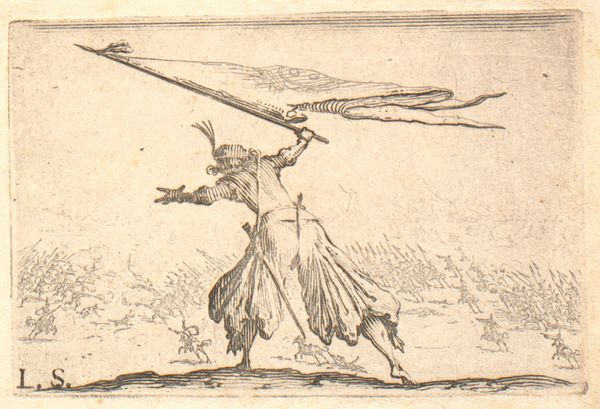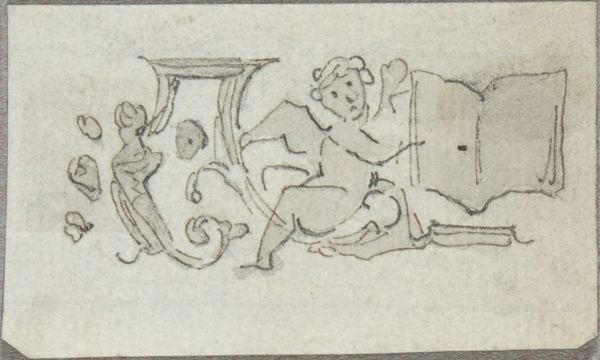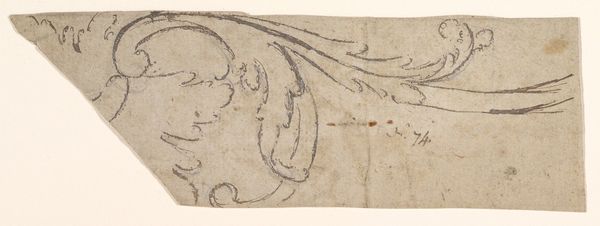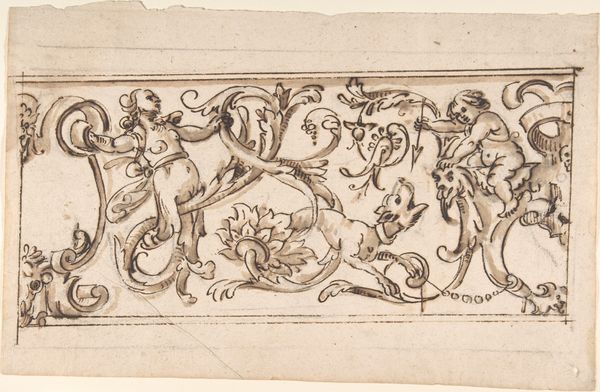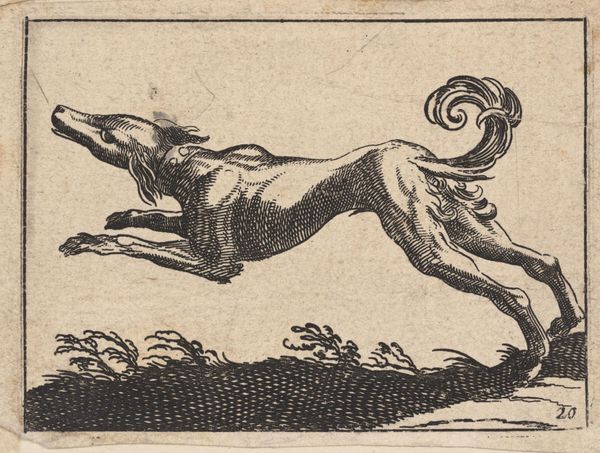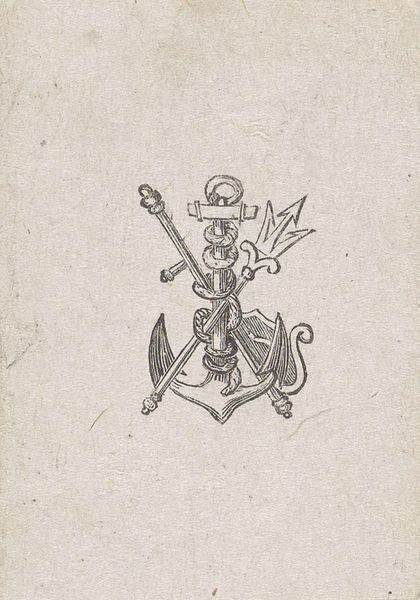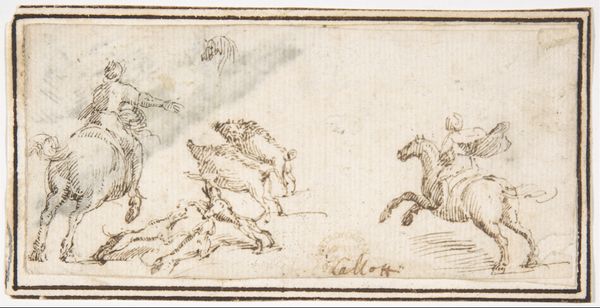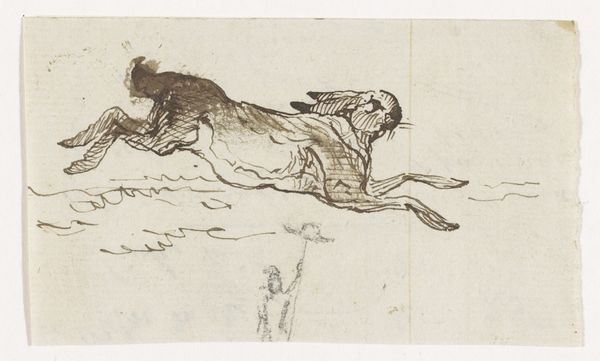
drawing, ink, pen
#
drawing
#
baroque
#
landscape
#
figuration
#
ink
#
pen-ink sketch
#
pen
Dimensions: height 19 mm, width 77 mm
Copyright: Rijks Museum: Open Domain
Editor: We're looking at "Ruiter te paard en een man die een paard bepakt," or "Horseman and a man Packing a Horse," a pen and ink drawing by Stefano della Bella, made sometime between 1620 and 1664. It feels like a quick sketch, capturing a moment of action and preparation. What strikes you most about this piece? Curator: It's fascinating how della Bella uses line to depict not just the forms of the figures, but their social context. This isn't just about horses; it's about labor, class, and the dynamics of power in early modern society. Consider the rider versus the packer: who benefits from this exchange? What does this contrast say about access to mobility and freedom? Editor: I hadn’t really considered the power dynamic between the figures; I was more focused on the horses. It does feel like a pretty raw deal for the man loading the horse! Curator: Exactly! Della Bella wasn’t just sketching horses; he was capturing a societal relationship. These visual narratives, especially those rendered quickly and informally, often offer potent critiques of social stratification. Do you see any particular elements in the composition that enhance that narrative? Editor: The separation between the horseman and the worker seems really stark. The horseman is centered, on the move, while the packer is kind of shoved to the side. It emphasizes their differing roles. Curator: Precisely. Even the dynamism of the drawing style contrasts between the two scenes, underscoring these very inequalities. Perhaps, what we see reflected in the artwork, could relate to contemporary society's inequities surrounding work? Editor: Thinking about it that way gives me a new appreciation for what might seem like just a simple sketch. It shows how art can reflect society, even centuries later. Curator: Absolutely. These artworks provide an access point to discussing larger historical, social, and cultural systems of meaning-making, and the legacy and evolution of inequality within them.
Comments
No comments
Be the first to comment and join the conversation on the ultimate creative platform.

